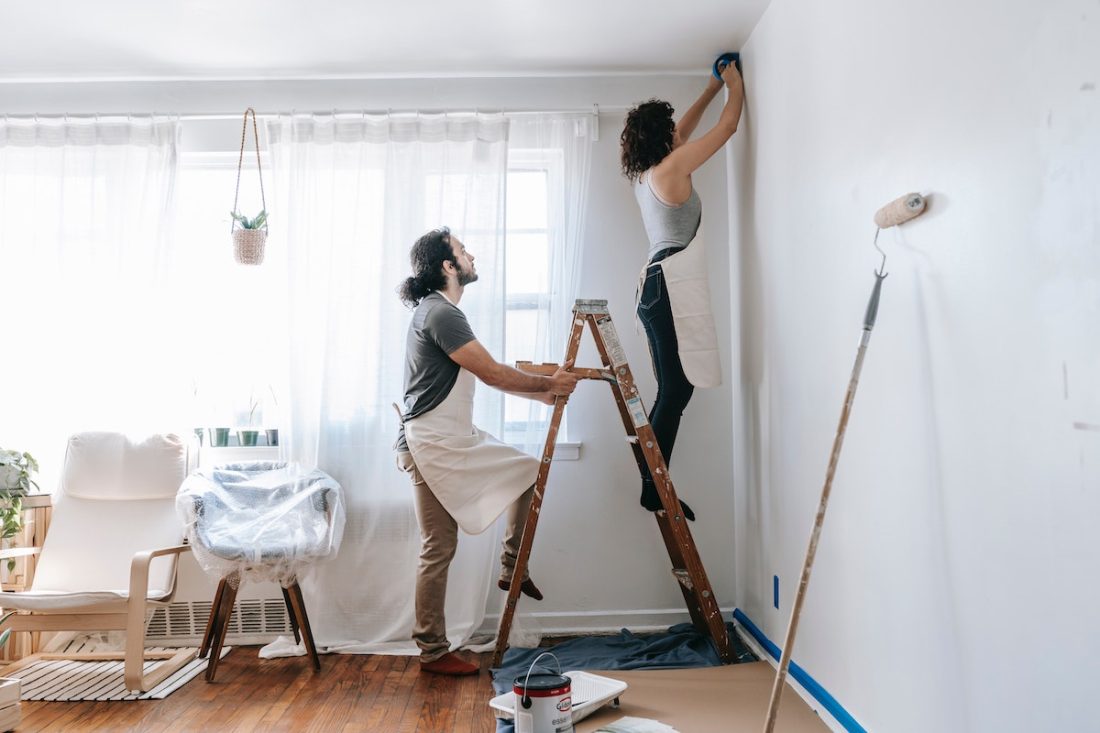As you all know, the real estate market is one of the most lucrative sectors you can invest in. The most traditional way people make money in this domain is by simply purchasing a property, holding the asset, and then selling when the time is right.
As the Australian Property agency states, there are many ways that one can turn a profit in the real estate market. One of the most efficient ways to do so is known as house flipping. For those who have never heard of the term house flipping before, this simply refers to buying a property, fixing it up, and selling it for a profit.
If you’re interested in getting your teeth into the real estate sector, but you’re not sure how to get started, you’ve come to the right place. In this blog, we’ll teach you everything you need to know about flipping a house and ensuring you make a profit. Keep reading to find out…
Research the Market
As with any other investment, you should proceed with caution and conduct plenty of research beforehand. Don’t invest in a property just because someone has advised you that it’s a good area to do so in. Find out for yourself by conducting the appropriate research.
Consider the Costs
Flipping a home is a rather expensive process to get into, so you’ll need to consider all your costs. Aside from the price of the construction services and materials, you should account for property taxes, real estate fees, closing costs, home inspection fees, marketing costs, and more.
Apply the 70% Rule
One of the most fool proof ways to see if a flipped property will be profitable or not is by applying the 70% rule. This rule argues that the investor should pay a maximum of 70% of the ARV (after-repair value) once the necessary renovations have been accounted for.
Snag the Best Deals
When it comes to finding a property, don’t limit yourself to the traditional avenues, such as online listings. Reach out to realtors personally and ask them if they have any special properties in mind. You can also look for homes that have been foreclosed or distressed.
Find a Source of Finance
One of the most important things about house flipping is finding a source of finance that will help you complete the project. Unless you have tons of cash lying around, you’ll probably need to be approved for a loan. This requires a great credit score, a 20% down payment for the property, and perhaps some type of collateral.
At the end of the day, the best way to ensure you’ll be reaping the benefits of house flipping is by careful planning and budgeting. You need to be strict with the amount of investment you pour into the property. Try to keep costs to a minimum and only repair the issues that will truly increase the value of the home. Keep a detailed record of all your costs and negotiate with buyers to get the best price possible.
